A well-ventilated room keeps you healthy and more comfortable. You do not have to install any ventilators if you follow these simple methods. Here is everything you need to know about proper ventilation.
There are several ways you can air out a room, either by using simple methods or by installing a proper ventilation system inside your house. One thing you must remember is to check the weather because it will affect how you can ventilate your home.
During summer:
- Micro-ventilation
- Air the rooms during certain times of day
- Use blinds or thick light-colored curtains
- Open the doors in all the rooms
- Bring more plants inside your home
During winter:
- Lower the heating temperature before opening your windows
- Do not forget to heat and ventilate unused rooms.
- Open windows wide
- When ventilating, remember to close doors in between rooms with different heating temperature settings.
You have to keep these tips in mind if you wish to air out your room without installing any ventilating machines. It is important to keep your home properly ventilated to avoid any discomfort and sickness.
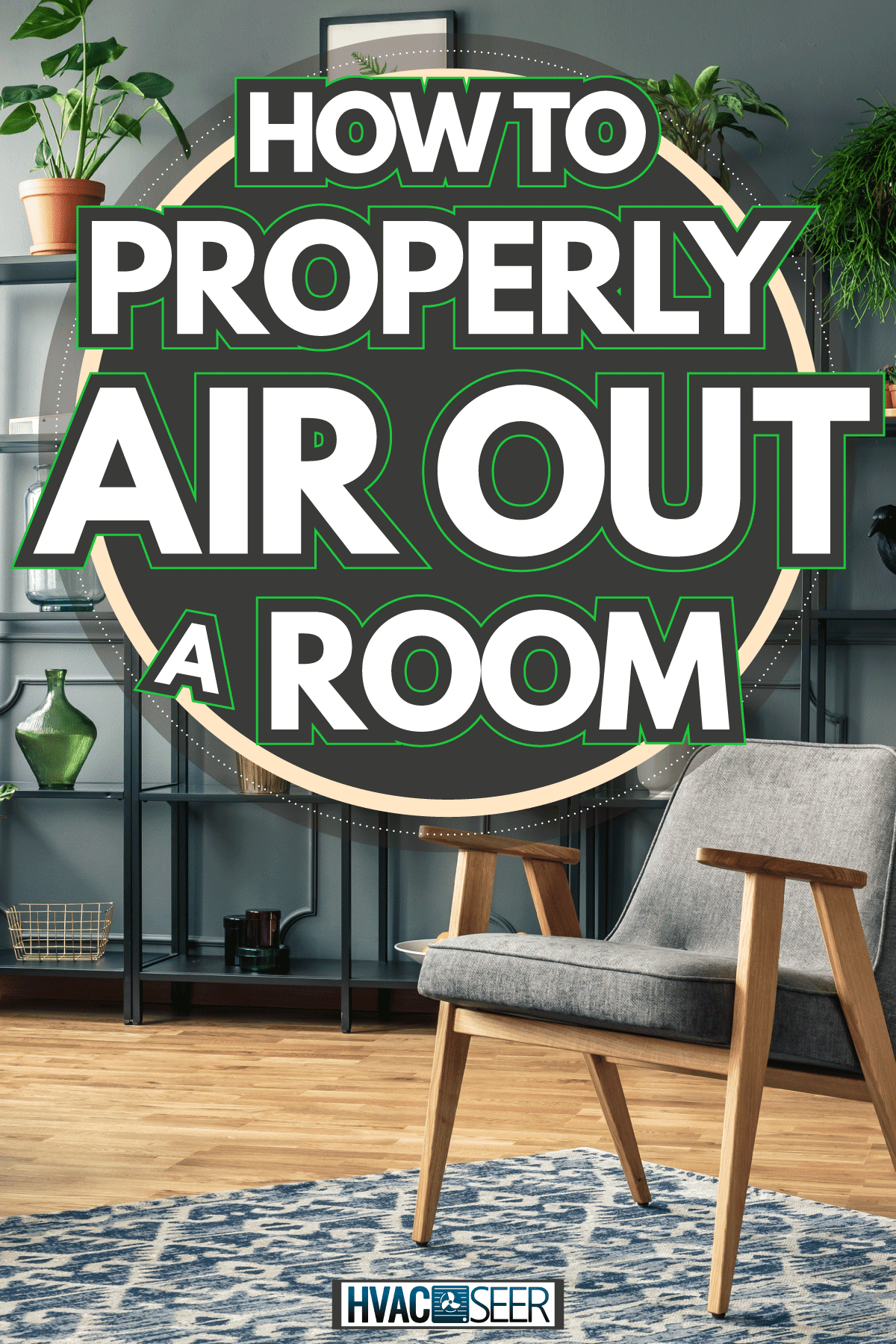
Why should you air out your room?
As a homeowner, it is your right to feel comfortable in your own house. Airing out a room can prevent humidity. When your living space is filled with humid air, your walls, door lintels, and the spaces in-between furniture will have ugly stains or mold growing on them.
Improper ventilation is also a health risk because it traps and concentrates indoor air pollutants. It can cause hypertension, allergies, shortness of breath, and irritation of the eyes, throat, and lungs.
It is not only a cause for discomfort, but it also lowers your immune system because of contaminant build-ups inside your room. It is dangerous to be exposed for a longer time frame to these air pollutants.
To prevent these from occurring inside the comfort of your own home, you have to properly air out the rooms inside your house.
How to properly ventilate your home
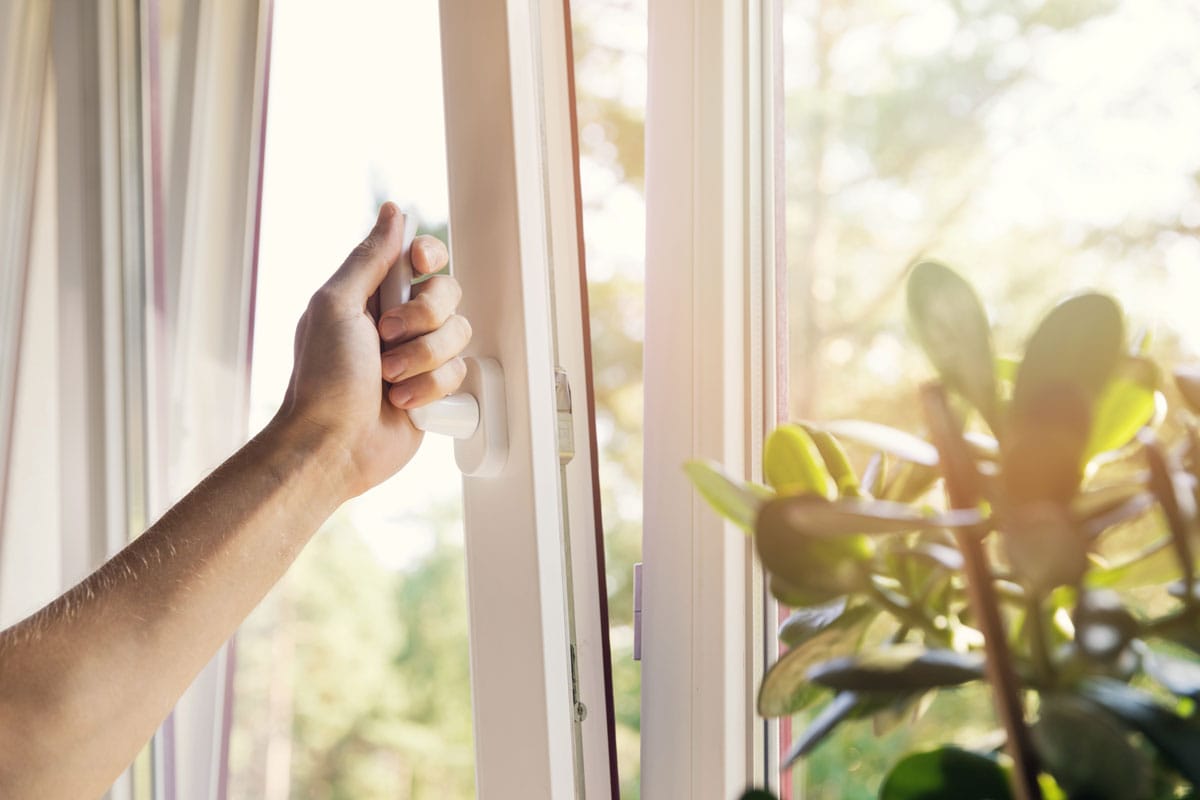
During summer
During intense summer weather, our first instinct is to leave our windows wide open in order to get fresh air in. Sadly enough, doing this is not a pretty good idea, especially during heat peak hours.
Opening your windows when it is more humid outside than inside your room will not reduce the humidity levels in your house. Instead, unclosed windows will only increase the humidity levels because the warmer air from outdoors would replace the air from inside your home.
Tips on how to air out your room in the summer
1. Micro-ventilation
Thanks to innovation, windows no longer need to be widely opened. Some of the windows are designed to allow fresh air in without having to open them.
This is a good option if you wish to air out your room without relying on the use of ventilators.
2. Air the rooms during certain times of day
Leaving a fraction of your windows open during mornings, evenings, and nights can reduce the humidity levels inside your home. Remember, you should avoid doing this during peak heat hours because more humid air may enter your room.
3. Use blinds or thick light-colored curtains
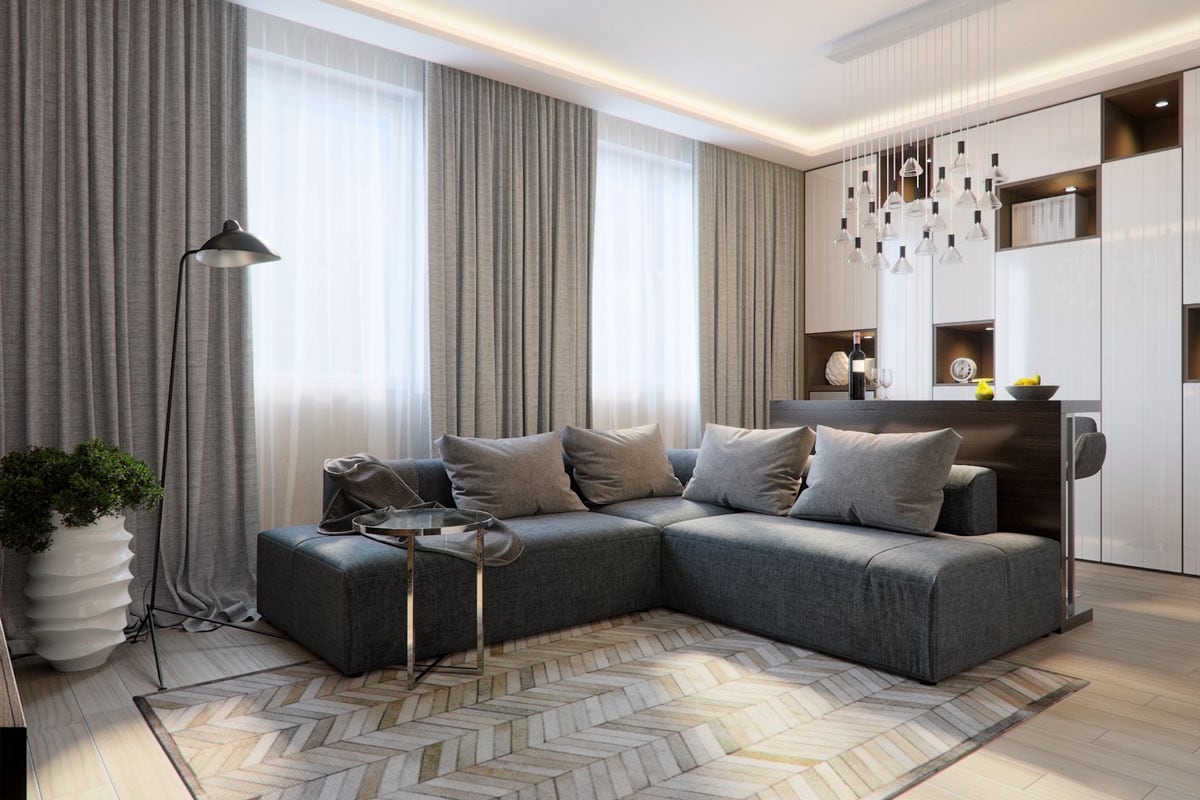
It is best to cover your windows with blinds or thick light-colored curtains. We must know that some curtains are energy efficient. They are made with layers of acrylic foam that give additional insulation. This prevents heat or air from escaping or entering your windows.
It will help regulate the temperature inside your home.
4. Open the doors in all the rooms
Closed doors can affect the air circulation inside your home. It is better if you open the doors so that air can flow freely in a much larger area. This will give your home a chance to breathe.
5. Bring more plants inside your home
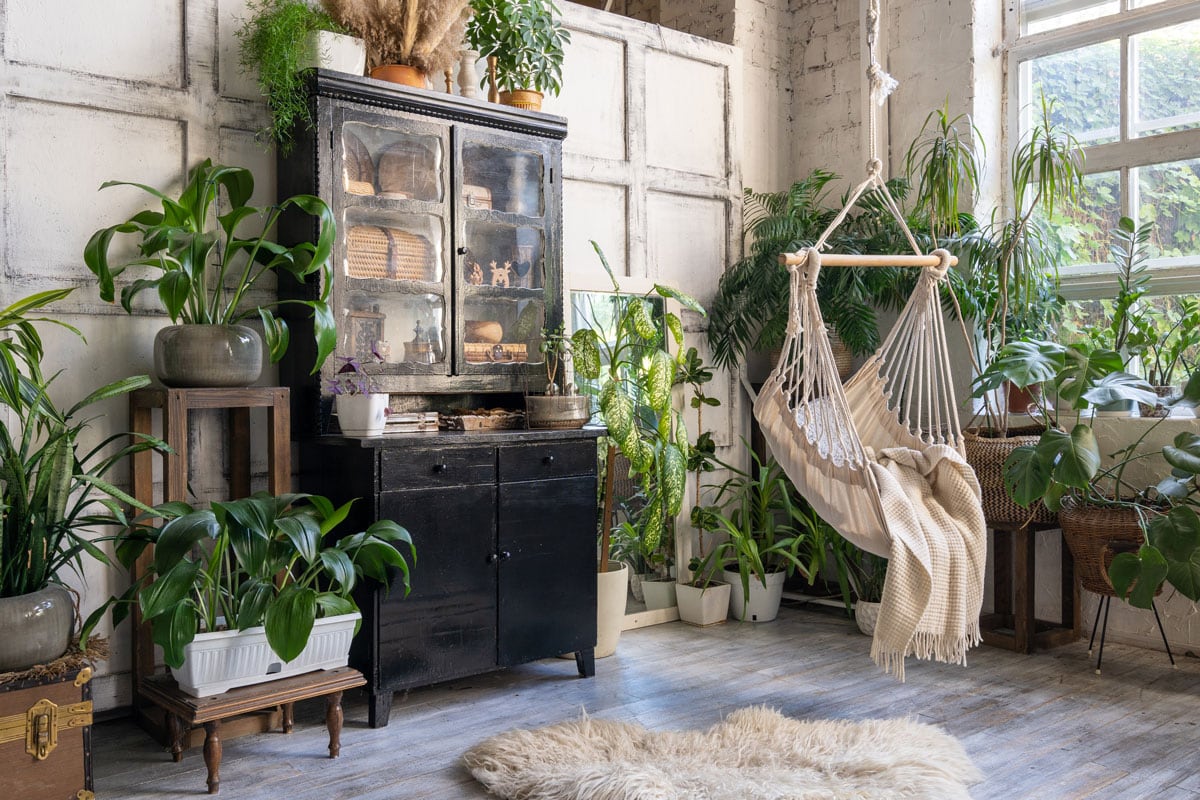
In most cases, some indoor plants provide natural air conditioning. They can be an excellent solution in managing the humidity levels inside your living areas because they have the ability to absorb water vapor through their stomata.
This absorbed moisture will travel down to their roots, leaving a cooling effect on the surrounding air.
Indoor plants such as Peace Lily, Boston Fern, Palms, Orchids, Tillandsia, English Ivy, Cactus, and Spider Plant can help dehumidify the air.
During winter
When airing your rooms during winter, different rules apply, particularly when the temperature falls below zero. It is important to ventilate your rooms properly to prevent heat loss and increased heating costs.
Tips on how to ventilate your home during winter
1. Lower the heating temperature before opening your windows
During winter, heat pumps work continuously to provide heat and comfort to your home. Opening your windows without lowering the heating temperature will make your heat pumps work at maximum power.
Yes, fresh air might enter the room, but your bills will increase because the heating system will be forced to work twice as much without even succeeding in providing warmth inside your house.
It is still best to lower the pre-set temperature before trying to air out your living areas.
2. Do not forget to heat and ventilate unused rooms
Mold will form on the walls and ceilings of every unventilated room. Using a fan is a helpful way to ventilate unheated areas in your house that are prone to the risk of molds, such as your basement, laundry room, and bathroom.
Keep in mind the significance of using preventive measures instead of waiting to deal with the aftermath. These fans work best when turned on before, during, and after tasks that create moisture.
3. Open your windows wide
The most effective way of airing out rooms is by opening your windows. When it is less humid outside than inside your rooms, opening the windows will let fresh air indoors, providing good air circulation.
Remember to leave your windows opened briefly. In the winter days, at least five minutes is enough to allow fresh air inside your home. One thing you must not forget is to lower the temperature before opening your windows.
4. When ventilating, remember to close doors in between rooms with different heating temperature settings.
By doing this, cooler rooms can avoid condensation by the warmer, humid air from the other parts of your house.
Additional ventilation systems
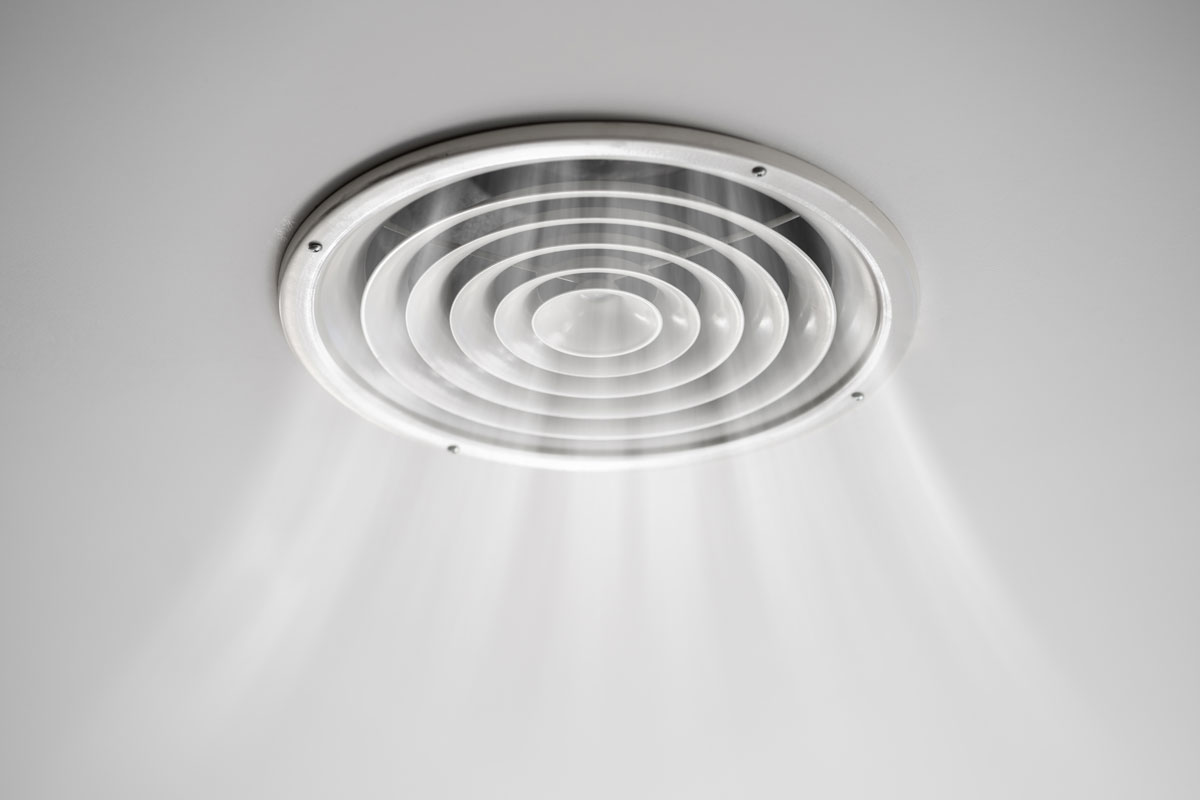
1. Window Trickle Vents
One way to properly ventilate your home is by installing window vents. This small equipment is installed as part of the window frame. These vents will provide your house with constant, discreet, and secure background ventilation.
Check out this louvered vent on Amazon.
Trickle vents are placed on top of the window frame. It permits a stream of fresh air to flow from the outside into the inside of a room. These vents can easily be adjusted with the use of rods, cords, or hands.
Check out this Merriway adjustable Trickle Vent on Amazon.
2. Installing a Heat Recovery Ventilator (HRV)
A heat recovery ventilator will keep your home healthier and cleaner. They operate by continuously replacing indoor air with fresh outdoor air.
Check out this Heat Recovery Ventilator on Amazon.
HRVs comprise two ventilation ducts passing between the inside and outside of the house. One duct is responsible for carrying fresh air in, while the other one takes stale air out.
The airstreams of this device run through a heat exchanger. This permits the outgoing air to pass most of its heat onto the fresh incoming air; however, the clever part of this is that the airstreams do not mix together.
During the winter season, the HRV will sip in the stale indoor air from inside your room and use it to preheat the fresh air that is entering your home.
Additionally, during the warmer months, HRVs work in reverse. One fan will exhaust the humid air inside, while the second fan will continuously blow off cool air, removing some of the heat and transferring it back to the fresh air.
This is not the only advantage of installing an HRV. This device will get rid of any pollutants inside your house, such as moisture, mold, and other forms of bacteria and chemicals that can damage your health.
How to ventilate a room with a fan?
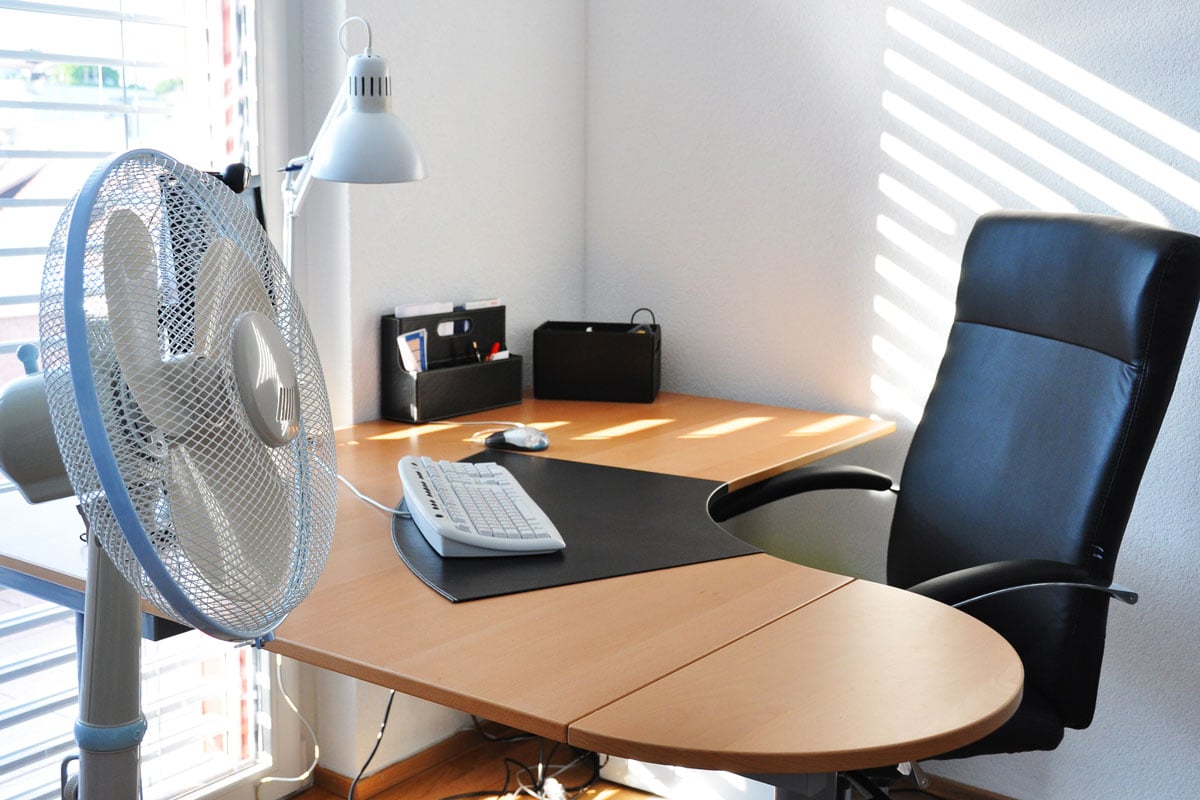
To properly air out your room with a fan, it is best if you use a window exhaust fan. This fan will move viruses and any other air pollutants from inside to the outside of your living space.
If you do not have any exhaust fans, an ordinary fan can also be used. You can place the appliance as close as possible to an open window (the fan should be facing outside).
The fan will work like an exhaust fan, sipping in the stale air, and then blowing it off outside.
In Closing
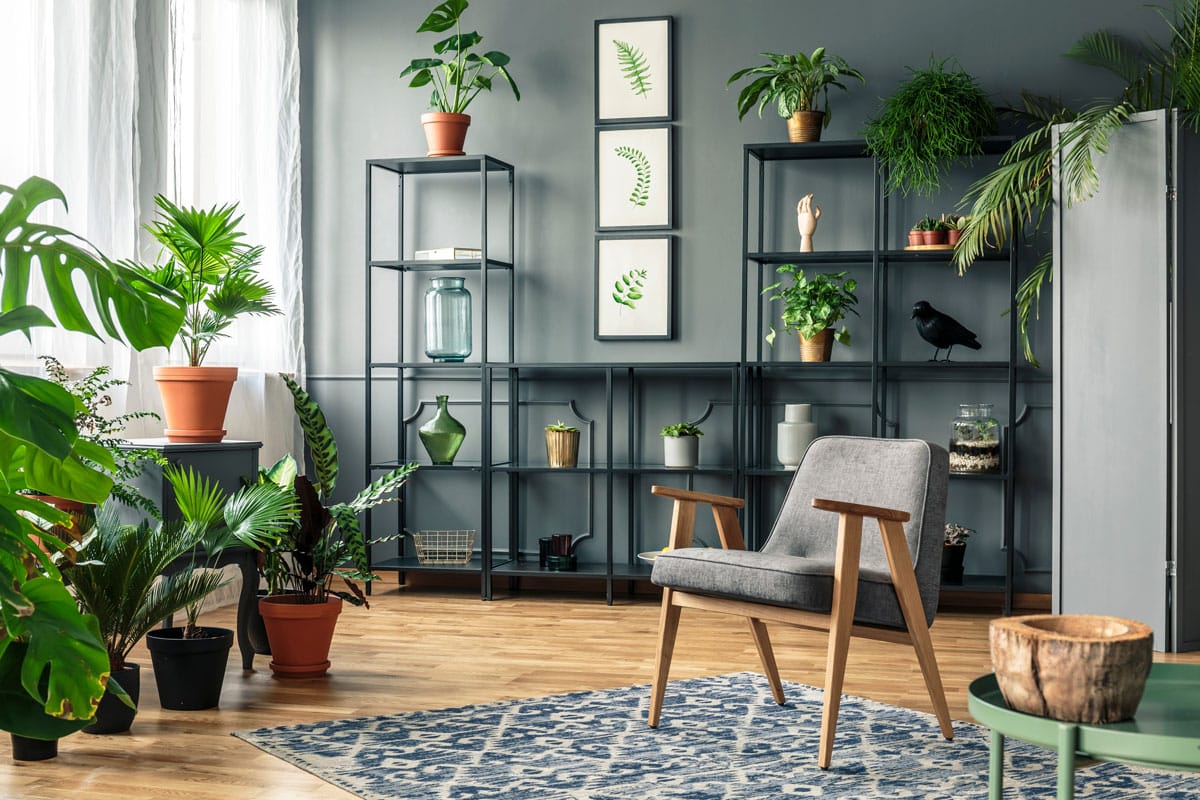
Every home needs to be well ventilated. Try out these simple ways mentioned above. You won't have to worry about installing any of these simple and cost-effective ventilation systems.
If you have found this article helpful, check out these other informative topics:



